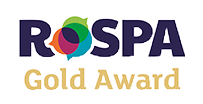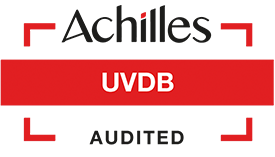Converting kVA to amps sounds complicated to anybody unfamiliar with generator terminology, but it doesn’t have to be. Power Electrics has provided a step-by-step guide that’s designed to take you through converting kVA to amps with a simple formula.
Formula:
To convert kVA to amps you will need to know the voltage of the circuit, then go ahead and use the formula shown below to calculate its power. Our generators run in three-phase circuits. To work this out we recommend using the following formula:
Current (A) = (1,000 x Power (Gen size – kVA)) / (cbrt x Voltage (V))
For example:
(A) = (1,000 x kVA) / (1.732 x V)
(A) = (1,000 x 75) / (1.732 x 400)
(A) = 75,000 / 693
(A) = 108
The example above (a three-phase formula) shows a generator with amps of 108 with a power of 75kVA.
The kVA equates to the measure of the apparent power, but the kW is the actual power produced because
KW= kVA x pf
– check out our
kW to kVA blog here for a detailed explanation
.
Diesel generators typically have a power factor (pf) rating of 0.8.
Although a possibility, generators seldom run at maximum load because it reduces the efficiency as well as the power rating of a generator. One kVA is equivalent to 1,000-volt amps. The electrical efficiency is typically expressed as a power factor between zero and one. The closer the power factor rating is to one, the more efficiently the kVA will be converted into kilowatts.
What Are Amps?
Amps are a measure of the electrical current running in a circuit.
Put simply, electricity is the electrons that flow through a conductor – Amps are the measure of how many electrons are flowing, also known as an electric current.
What Are Volts?
Volts – an abbreviation of voltage – are the force that moves electrons through a conductor.
The higher the pressure, the more work the electrons can do. A useful comparison is water under pressure. The more pressure water is under, such as a pressure washer, the more efficiently it’s able to clean a stained floor or strip old paint from a wall. Similarly, moving electrons (current in amps) with pressure works most efficiently.
Did You Know?
The formula typically used in the “engineering world” is the following –
I = kW x 1000/ cbrt x E x Power Factor
For example:
I = 60 x 1000/1.732 x 400 x 0.8
I = 60,000/554.24
I = 108
Whilst the working out provides the same answer as the initial example, the formula slightly differs. Rather than ‘A’ an ‘I’ is used to represent the amps, whilst the ‘E’ represents volts rather than a ‘V’.
Video Summary:
Need a helping hand?
We understand that every site and project is different!
If you need some more guidance as to the best generator to hire for your next project, contact us below or give us a call.
One of our team of generator specialists can create a custom solution that is the best fit for you and your power needs.









